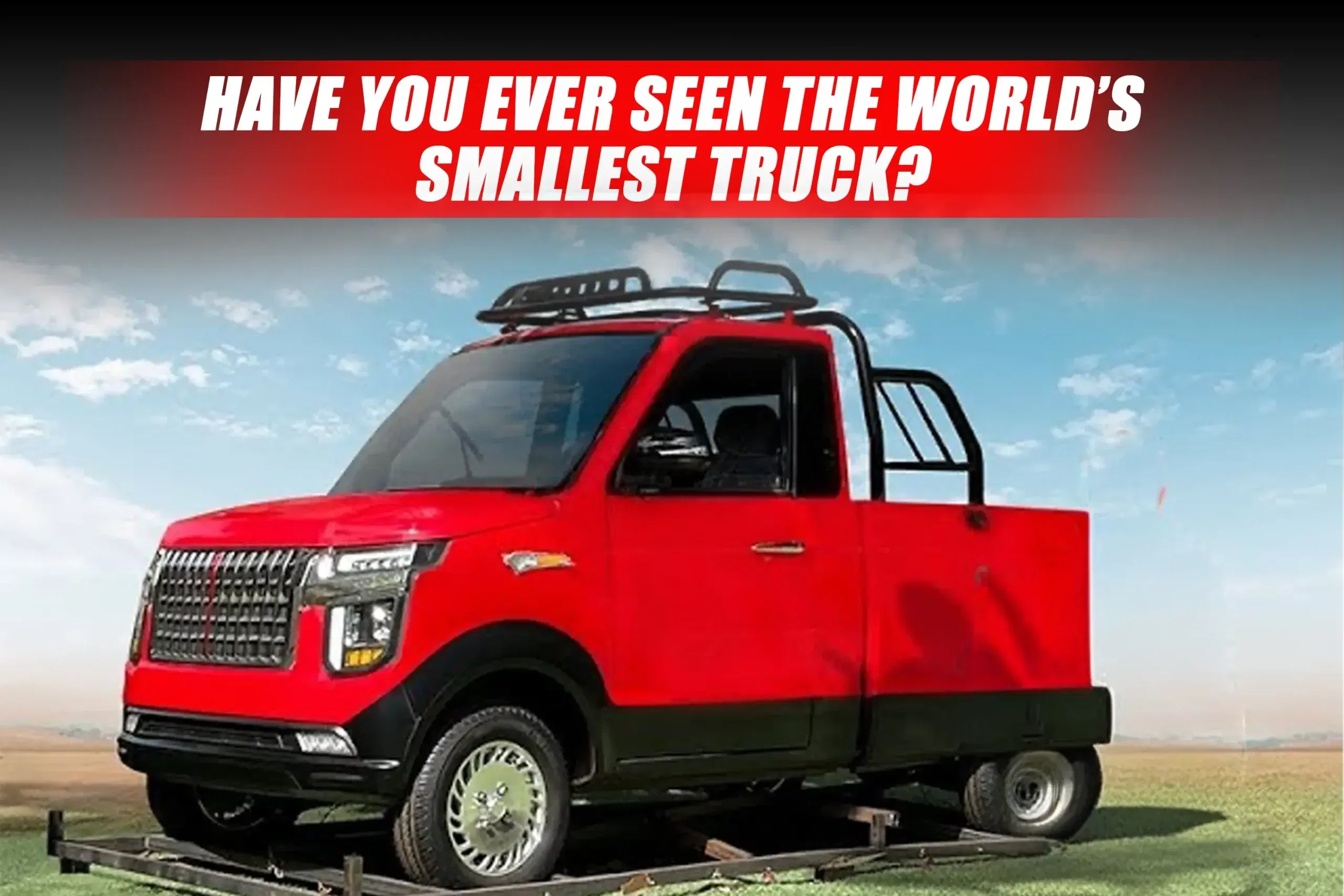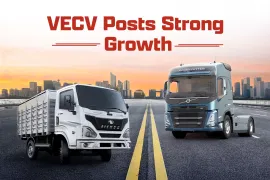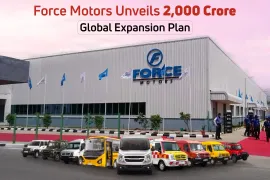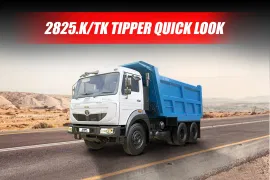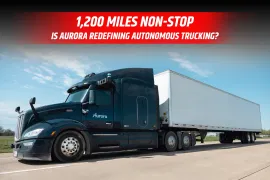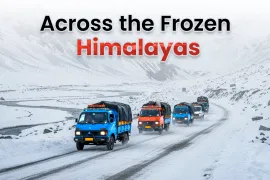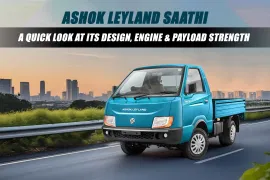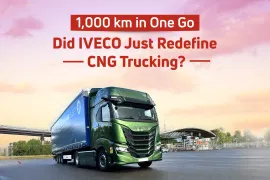Cities grow, streets shrink and traffic never ceases. Amidst this setting, the world's smallest trucks navigate surprisingly well. These miniature transport commodities move along packed roads where massive commercial vehicles get stuck. Small in stature, powerful in service, they define city deliveries, facilitating companies and families alike.
From the alleys of Tokyo to markets in Delhi, these trucks are lifelines. They can weave through narrow turns thanks to their compact size. Their modest engines drive daily trade. They prove that urban logistics prioritize agility over size.
Successful Small Trucks Around the Globe
Some examples depict the idea well:
- Suzuki Carry (Japan) – light weight, rugged, dependable.
- Tata Ace (India) – also called Chhota Hathi, simple, value-for-money.
- Daihatsu Hijet (Japan) – delivers, farm use, commercial applications.
- Piaggio Porter (Italy/India) – small, practical, versatile.
Emergence of Tiny Giants
Japan produced the first kei trucks following World War II. They were built to satisfy stringent size regulations and emission regulations and occupied smaller dimensions. They occupied smaller streets and carried less load. Shopkeepers, farmers and small businesses utilized them. Later, they became necessary town business vehicles.
India replicated this model. Mini trucks were crafted by manufacturers for congested markets, small enterprises and city roads. Now, these little giants overwhelm city logistics, making last-mile delivery efficient and convenient.
Why Small Trucks are Best in Urban Transport
Small trucks thrive because they adapt to city conditions.
- Small Footprint and Agility
Short wheelbase, little turning radius, exact steering, all enable trucks to go through alleys and narrow lanes. A huge truck cannot be turned; a small truck glides smoothly.
- Fuel Efficiency and Cost Savings
They use less fuel, lower maintenance and are cheaper to purchase. Small business owners earn profit fast.
- Ample Payload
Even with small bodies, they haul 700–1000 kg. They haul groceries, construction supplies and packages effectively.
- Environment Friendly Options
Electric models save on emissions and noise pollution. Cities support e-trucks for greener logistics.
Small Trucks in India
Indian cities require small commercial vehicles. Roads are too narrow, traffic too dense, parking too scarce. Mini trucks find their way easily.
Tata Motors, Mahindra, and Ashok Leyland dominate this sector. Models such as Tata Ace, Mahindra Jeeto, Ashok Leyland Dost and Maruti Suzuki Super Carry strike a balance between affordability, ruggedness and fuel efficiency.
Electric small trucks are on the horizon. Examples such as Mahindra Treo Zor and Piaggio Ape E-Xtra are less polluting and noisier with superb power.
Future Outlook
Urbanization increases; logistics have to change. Mini titans will adapt with electric energy, lightness and digital connectivity. Autonomous driving, telematics and AI management of fleets are finding this segment. India is modifying them for Indian roads. Small commercial trucks will still dominate urban deliveries cost-effectively, sustainably and economically.
For more articles and news, stay updated with 91trucks. Subscribe to our YouTube channel and follow us on Facebook, Instagram, and LinkedIn for the latest videos and updates from the automotive world!
Also Read:
Toyota Hilux vs Isuzu V-Cross Pickup Truck: Price, Specs & Review
Health Tests Every Truck and Bus Driver Should Get Checked Immediately
Web Stories
Latest Trucks News
Categories
91trucks is a rapidly growing digital platform that offers the latest updates and comprehensive information about the commercial vehicle industry.
